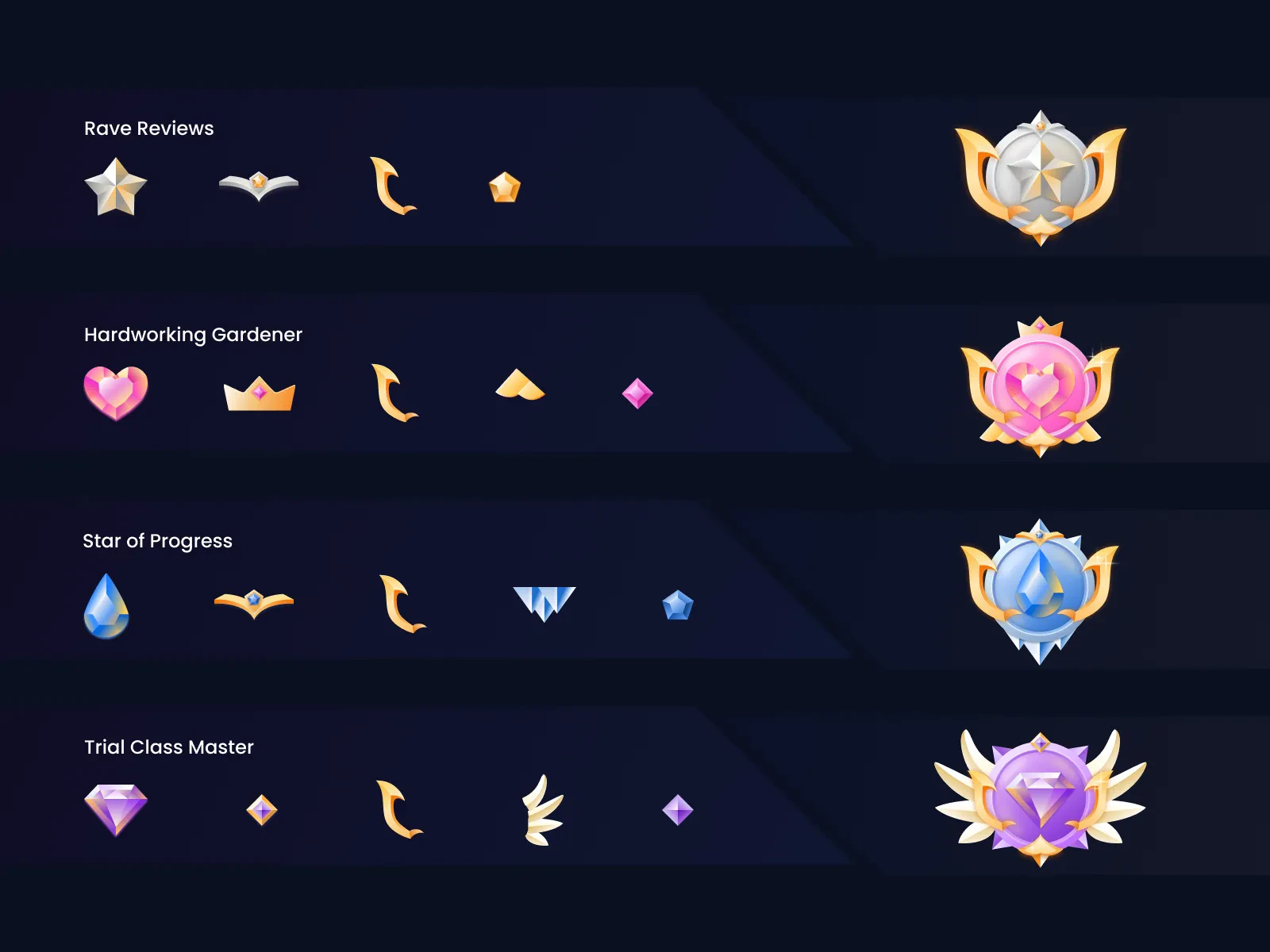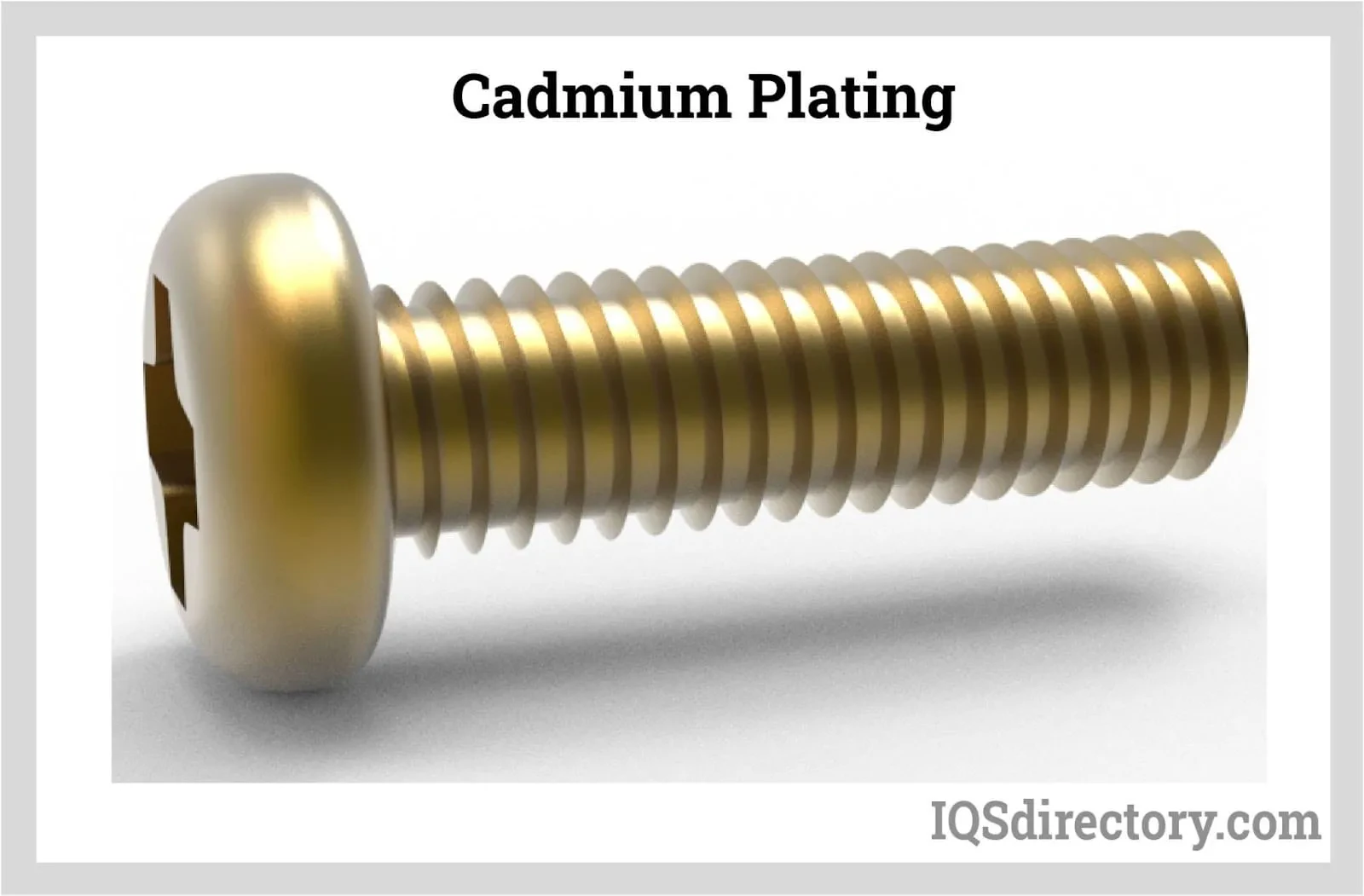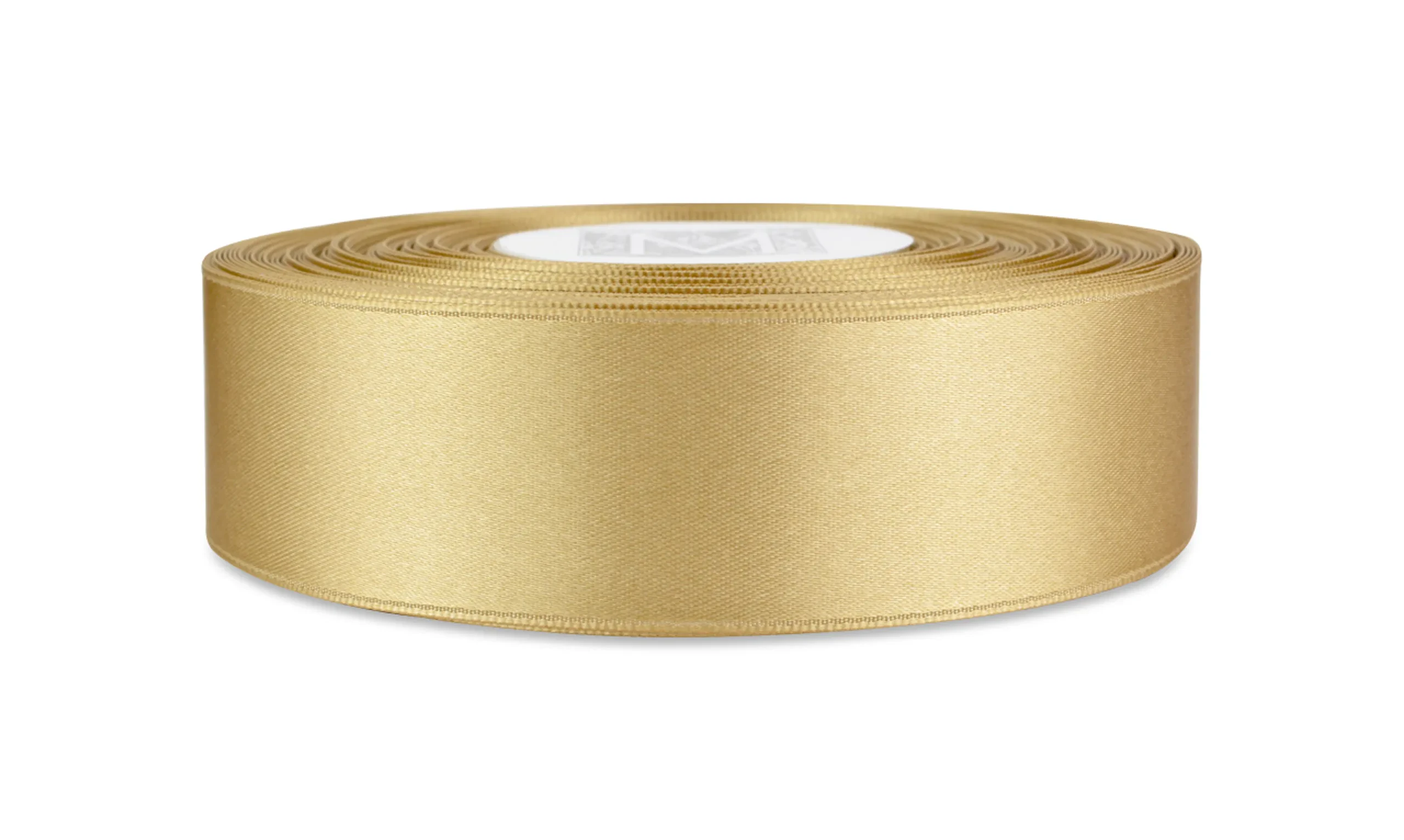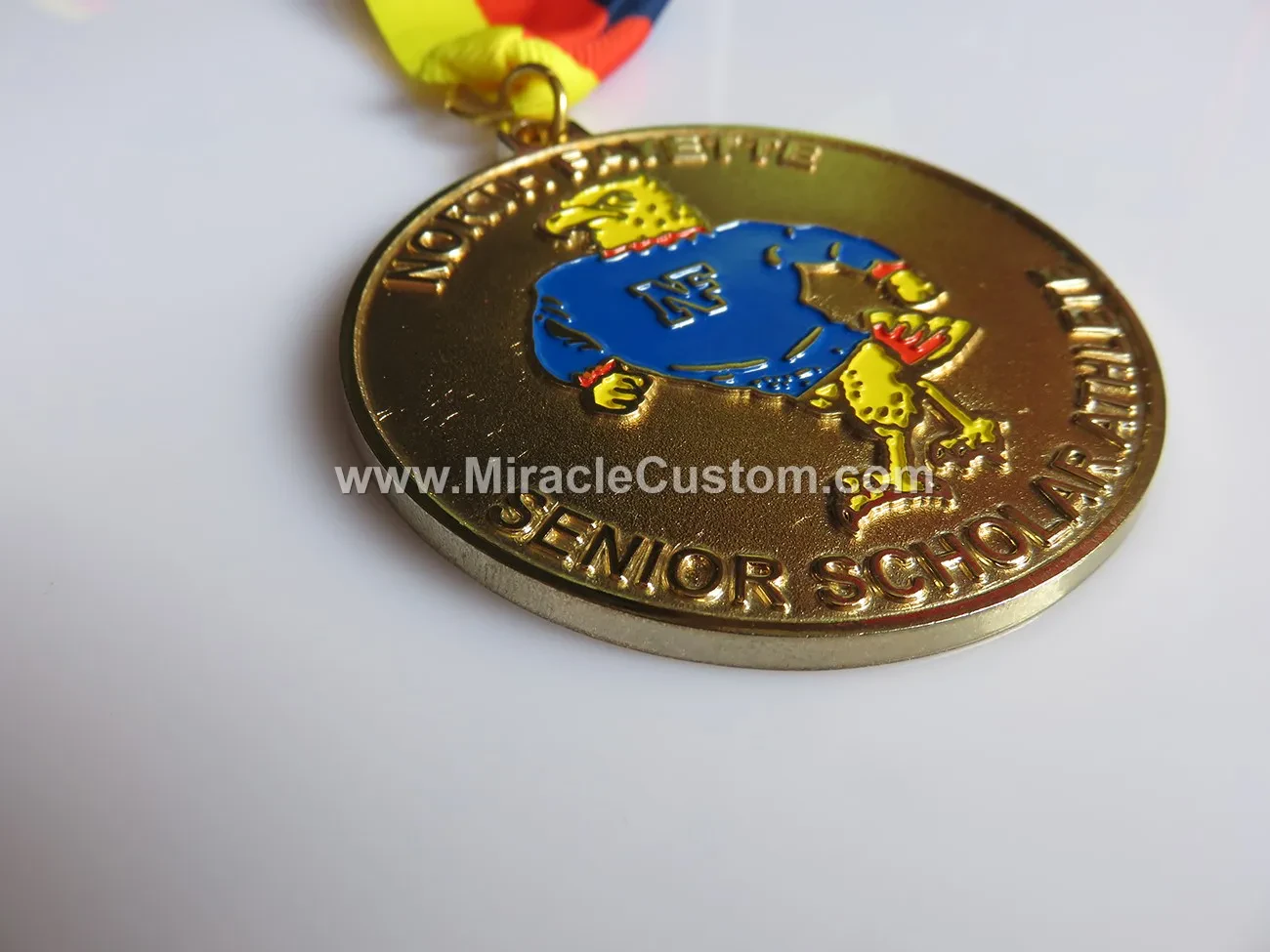So, you’re thinking about getting some medals made, huh? Not just any medals, but awesome medals. We’re talking custom diecast medals – the kind that people actually want to keep and show off. Forget those flimsy, generic things you see sometimes. We’re aiming for quality, uniqueness, and something that truly represents your event or organization.

What Exactly Are Diecast Medals?
Okay, let’s break it down. Die casting is a manufacturing process where molten metal is forced into a mold cavity under high pressure. Think of it like a super-precise metal cookie cutter. This allows for incredibly detailed designs and consistent replication. The metals often used are zinc alloy, aluminum, or brass, each offering different benefits in terms of weight, cost, and finish.
Unlike stamped or printed medals, diecast medals have a tangible weight and depth. You can feel the quality in your hand. The details pop, the colors are vibrant, and they simply look more impressive. That’s why they’re a popular choice for events, competitions, and even employee recognition programs.
Why Choose Custom Diecast Medals?
Why settle for something ordinary when you can have extraordinary? Custom diecast medals offer a ton of advantages:
- Unmatched Detail: Die casting allows for incredibly intricate designs, logos, and text.
- Durability: These medals are built to last. They can withstand wear and tear far better than other types of medals.
- Prestige: The weight and finish of diecast medals give them a premium feel that elevates the perceived value.
- Complete Customization: You control every aspect of the design, from the shape and size to the colors and finishes.
- Memorability: A well-designed custom medal becomes a lasting reminder of achievement and participation.

The Diecast Medal Creation Process: From Idea to Reality
So, how does a custom diecast medal go from a thought in your head to a shiny object hanging around someone’s neck? Here’s a general overview:
- Design Phase: This is where your vision comes to life. You’ll work with a designer (either in-house with the medal manufacturer or independently) to create the artwork for your medal. Consider the shape, size, colors, and any text or logos you want to include.
- Mold Creation: Once the design is finalized, a mold is created. This mold is the negative space that will be filled with molten metal.
- Die Casting: Molten metal (usually zinc alloy) is injected into the mold under high pressure. This ensures that every detail of the design is captured.
- Cooling and Ejection: The metal cools and solidifies in the mold. Once cooled, the medal is ejected.
- Finishing: The raw medal undergoes several finishing processes, including trimming excess metal, polishing, and plating. Plating options include gold, silver, bronze, nickel, and more.
- Coloring: Enamel paints or epoxy resins are used to fill in recessed areas of the design with vibrant colors.
- Quality Control: Each medal is inspected to ensure it meets the required standards for quality and accuracy.
- Packaging and Shipping: The finished medals are carefully packaged and shipped to you.
Don’t be intimidated by the process. Reputable medal manufacturers will guide you through each step and provide expert advice to ensure you get the best possible result.
Design Considerations for Your Custom Medals
Before you jump into designing your medal, think about these key factors:
- Target Audience: Who will be receiving these medals? Are they athletes, students, employees, or something else? Tailor the design to their interests and achievements.
- Event or Occasion: What is the medal commemorating? The design should reflect the theme and spirit of the event.
- Branding: If the medal is for a company or organization, incorporate your logo, colors, and messaging.
- Complexity: While die casting allows for intricate details, simpler designs can often be more impactful and cost-effective.
- Budget: The more complex the design and the more colors you use, the higher the cost will be. Set a budget upfront and work with your designer to create a design that fits within your financial constraints.

Choosing the Right Metal and Finish
The choice of metal and finish can significantly impact the look and feel of your medal. Here’s a quick rundown:
- Zinc Alloy: A popular and cost-effective option. It’s durable and can be plated with various finishes.
- Brass: Offers a more premium look and feel. It’s heavier than zinc alloy and is often used for high-end medals.
- Aluminum: Lightweight and recyclable. A good choice for events where weight is a concern.
- Gold Plating: A classic choice for awards and recognition. It conveys prestige and excellence.
- Silver Plating: A versatile option that works well with a variety of designs and colors.
- Bronze Plating: A traditional choice for third-place awards or historical commemorations.
- Nickel Plating: A durable and corrosion-resistant option that provides a modern look.
- Antique Finishes: These finishes give the medal a vintage or weathered appearance.
Consider how the metal and finish will complement your overall design and the message you want to convey.
Finding a Reputable Medal Manufacturer
This is crucial! You want to work with a manufacturer who has experience, a good reputation, and a commitment to quality. Look for these qualities:
- Experience: How long have they been in the business?
- Portfolio: Do they have examples of their previous work that you can review?
- Customer Reviews: What do other customers say about their products and service?
- Communication: Are they responsive and helpful?
- Pricing: Are their prices competitive and transparent?
- Minimum Order Quantity: Do they have a minimum order quantity that meets your needs?
- Turnaround Time: How long will it take to produce and deliver your medals?
Don’t be afraid to ask questions and request samples before placing your order. A good manufacturer will be happy to provide you with all the information you need to make an informed decision.

Don’t Forget the Ribbon!
The ribbon is an integral part of the medal presentation. Choose a ribbon that complements the medal’s design and reinforces the event or organization’s branding. Consider the color, width, and material of the ribbon. You can also add custom printing or embroidery to the ribbon for an extra touch.
Options include woven ribbons, satin ribbons, and even sublimated ribbons with full-color designs. The possibilities are endless!
2024 and Beyond: The Future of Custom Medals
The demand for custom medals continues to grow as organizations and event organizers seek unique and memorable ways to recognize achievement and participation. Advances in technology, such as 3D printing and improved die-casting techniques, are making it possible to create even more intricate and detailed designs. Expect to see more innovation in materials, finishes, and ribbon options in the coming years.
So, are you ready to create some truly awesome custom diecast medals? With a little planning and the right manufacturer, you can design awards that will be cherished for years to come!
Go forth and create some medal magic!
